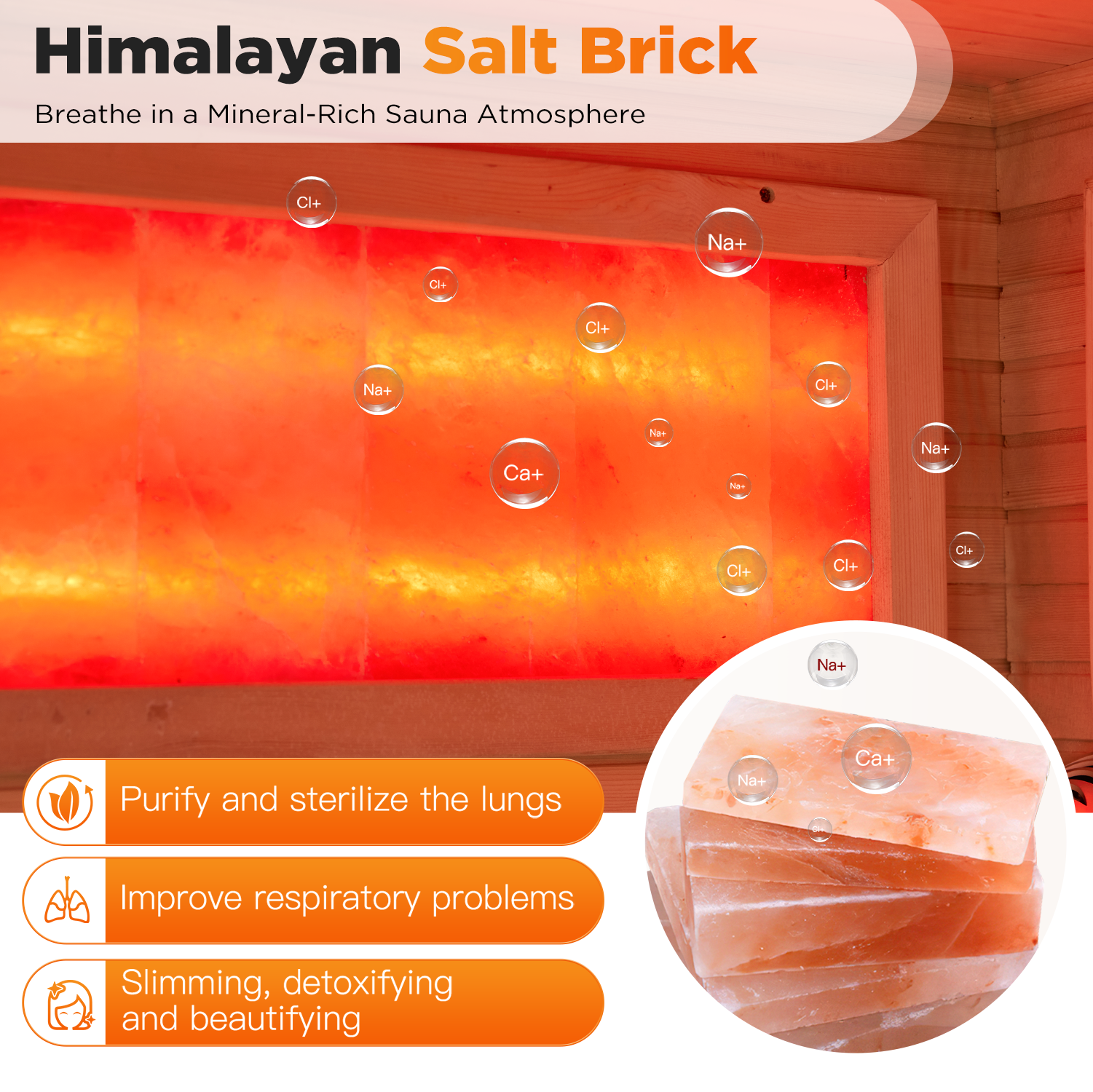No Products in the Cart

Are you wondering if a sauna can be your secret weapon for weight loss? As much as a sauna is associated with relaxation and wellness, its benefits also go to weight loss. However, the one question lurking in every sauna bather’s mind is, ‘How many calories can you burn in a sauna?’
You'll find out the exact number of calories a sauna session burns. It also helps you create realistic goals when you add sauna sessions to your wellness routine. Get the actual numbers and the science behind them so you can set smart, achievable goals for adding sauna time to your routine.
Regular sauna use can complement your weight loss plan by helping with recovery, boosting mental clarity, and even providing stress relief. These benefits can motivate you to stick with your fitness routine.
Saunas burn calories by increasing your heart rate and metabolic rate to combat the heat, similar to moderate exercise. Your body expends energy to produce sweat, which is its cooling mechanism, causing you to burn calories in the process. While saunas do lead to an increase in calories burned and water weight loss, the primary weight loss experienced is temporary and due to fluid loss, which can be quickly regained by rehydrating.
Similar to moderate exercises, saunas burn calories by increasing heart rate and metabolism. Sweating and fluid loss can lead to an increase in calories burned and water weight loss, which is temporary and your weight can be quickly regained by rehydrating. A single hour in the sauna can cause you to lose:

Figures are often overstated and depend heavily on individual and sauna factors. Infrared sauna sessions can yield better results and help you burn between 200-600 calories in just 30 minutes.
For each individual, calories burned in a sauna can be influenced by body weight and composition, age and gender, metabolic rate, heat tolerance, and acclimation. Heavier individuals tend to burn more. Normally, a larger body requires more energy to maintain its functions, which means a higher body mass can be associated with a higher resting metabolic rate. Younger individuals and males tend to burn more calories because they have higher metabolic rates, often due to higher muscle mass.
The types of sauna used can also affect the number of calories burned. Traditional dry saunas may burn around 100 calories, often through sweating and a moderate increase in heart rate, with high temperatures and dry air. Infrared saunas burn fewer calories due to lower temperatures, despite the heat penetrating deeper. While in a steam sauna, we may feel more intense, but this won’t necessarily lead to higher calories burned.

The type of sauna, your body weight, duration, and other personal factors all affect the final calorie expenditure.
A simple brisk walk for 30 minutes might burn 150-300 calories. For exercises that is more vigorous, such as running or cycling, it can go as far as 400-600 calories. When we are technically calculating calories burned in a sauna, it’s far less than those burned with physical activity of muscle engagement.
Studies suggest that the heart rate increases you experience in the sauna may burn calories similar to light physical activity. However, the number of calories burned is so small that saunas are not a reliable weight loss tool on their own.
Sauna heat causes the heart rate to increase and improves blood circulation. This will lead to lower blood pressure and lower cardiovascular disease rates. Sweating in regular sauna sessions, especially infrared sauna, can raise the “good” HDL cholesterol.
Sauna therapy before bed has been proven as an ideal approach to creating a restful night's sleep. The body heat raised during sauna sessions would start cooling down, which gives our brain a signal that it’s time to sleep. The soothing heat of a sauna session also promotes a sense of calmness and tranquility, essential through Himalayan Salt for preparing both body and mind for a peaceful night’s sleep.

Saunas may also help reduce chronic pain, as one 2019 study found that they help ease lower back pain. All participants in that study reported some benefits. In a sauna, blood vessels relax and dilate, and blood flow increases, which can help reduce tension in the joints and sore muscles. Research shows that red light therapy may be useful for relieving some types of pain, particularly pain due to inflammation.

There are several types of home saunas, based on how the room is heated. Some types include:
Saunas provide many benefits, yet there’s one key point we need to notice before entering the session-avoid dehydration. We’re recommended to drink 16-24 ounces of water before the session and drink 16-32 ounces after it.
If we’ve never used a sauna before, we’d better start small. Beginners may use 5-10 minutes at a time. The temperature and humidity of your sauna also play a role in determining the optimal duration. The higher the temperature it is, the shorter the session time you may need to control.
Sauna duration may strongly depend on our individual health conditions. If we have pre-existing issues like high blood pressure or respiratory issues, it’s crucial to consult with a doctor before using a sauna. Always listen to your body and adjust accordingly.
The answer to "Does a sauna burn calories?" is yes, but not enough to be your primary weight-loss strategy. While your body does work harder and burn a modest amount of calories, often depending on the type and your individual factors, the rapid drop on the scale is overwhelmingly due to temporary water loss through sweat. The value of adding a sauna session to your routine can always help you stick to your main drivers of weight loss—a healthy diet and consistent exercise.